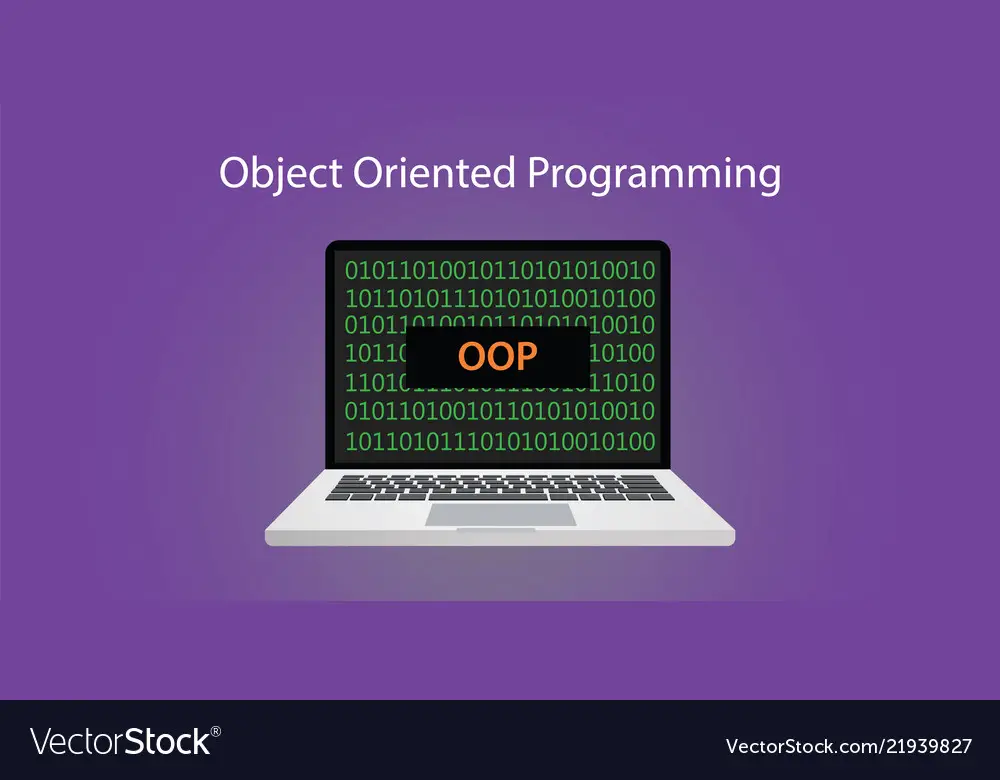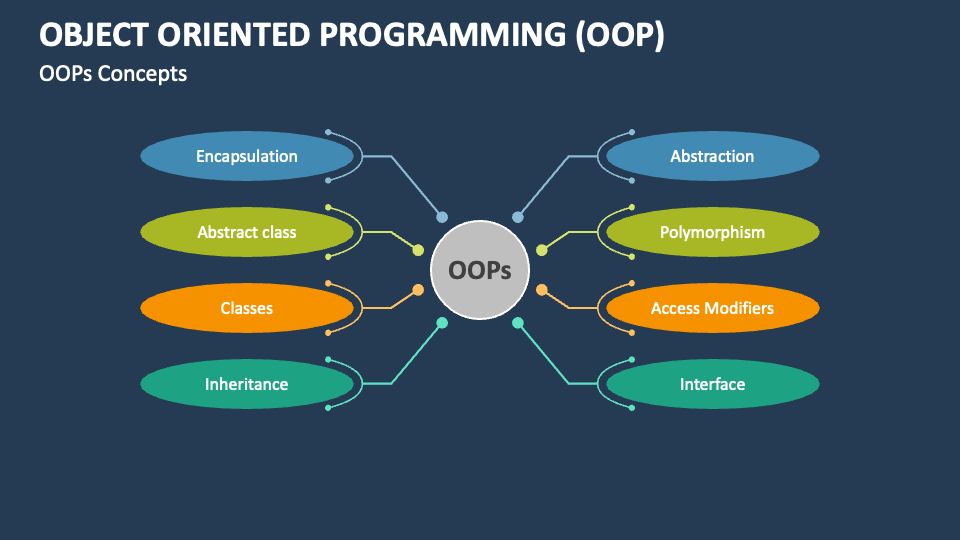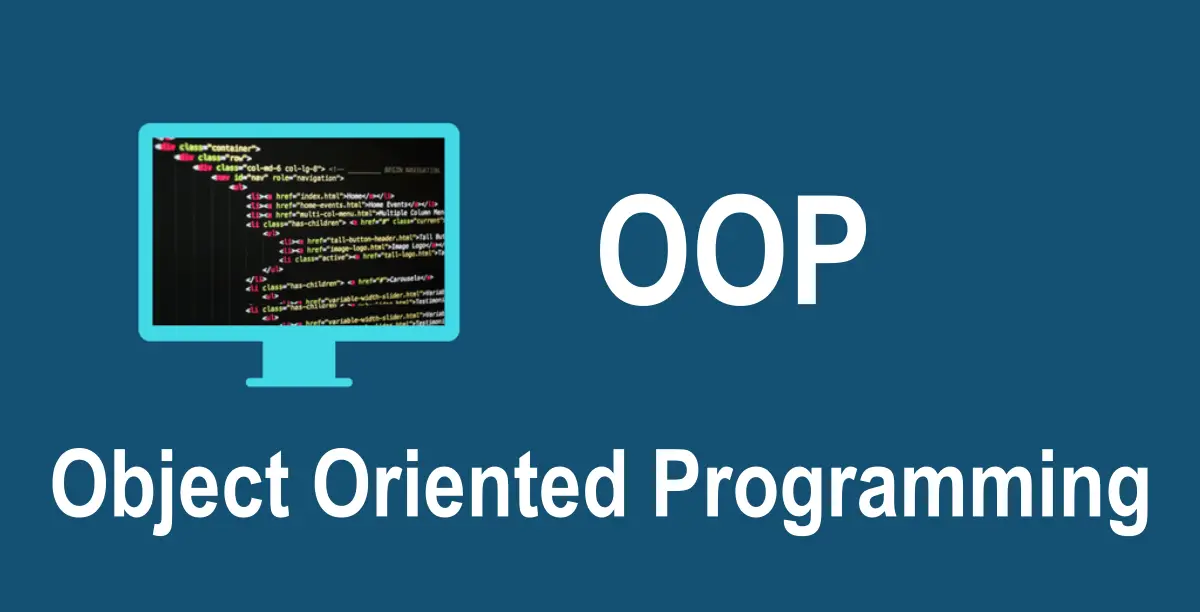Object-oriented Oversights: Avoiding OOP Pitfalls

Executive Summary

In the realm of software engineering, object-oriented programming (OOP) promises a structured, reusable, and maintainable approach to application development. However, despite its benefits, OOP practices are often marred by subtle oversights that can compromise code quality and impede project success. By recognizing and addressing these common pitfalls early on, developers can harness the full potential of OOP and craft robust, error-free software solutions.

Introduction
OOP is a cornerstone of modern programming, providing a paradigm for organizing code into objects that encapsulate data and behavior. While OOP offers significant advantages, it also introduces a set of challenges that must be carefully navigated to avoid inadvertent errors and maintain code integrity. This comprehensive article delves into the most prevalent OOP oversights, offering practical guidance to help developers avoid them and enhance their programming proficiency.
FAQs
1. What are the key benefits of OOP?
OOP enhances code reusability, maintainability, and extensibility by organizing code into objects that encapsulate related data and functionality.
2. What are the most common OOP oversights?
Common OOP oversights include misuse of inheritance, improper class design, overreliance on global variables, and neglecting exception handling.
3. How can I improve my OOP coding practices?
To refine OOP coding practices, focus on implementing encapsulation, using inheritance judiciously, handling exceptions robustly, and adhering to design patterns.
Top 5 OOP Oversights
1. Inheritance Abuse
Inheritance forms the backbone of OOP, allowing classes to inherit properties and methods from their parent classes. However, improper use of inheritance can lead to complex and fragile code hierarchies.
- Lack of Justification: Avoid inheriting unnecessarily. Ensure that inheritance is used to model a true “is-a” relationship between classes.
- Overly Deep Hierarchies: Limit inheritance depth to avoid excessive coupling and maintain code clarity.
- Diamond Problem: Address the diamond problem, where a class inherits from multiple parent classes with overlapping methods, by employing techniques like virtual inheritance or abstract classes.
- Fragile Parent-Child Relationships: Encapsulate data and methods within classes to prevent direct access and protect against unexpected changes in child classes.
2. Improper Class Design
Poor class design can hinder code understandability and extensibility, leading to maintenance headaches.
- Insufficient Encapsulation: Ensure adequate encapsulation by hiding implementation details within classes and exposing only essential properties and methods to external clients.
- God Classes: Avoid creating massive, monolithic classes that handle a multitude of responsibilities. Decompose complex classes into smaller, focused components.
- Lack of Polymorphism: Utilize polymorphism to achieve code flexibility and reduce coupling by defining common interfaces and implementing behavior variations in derived classes.
- Overuse of Static Members: Minimize the use of static members to maintain object-orientation and avoid global state dependencies.
3. Overreliance on Global Variables
Global variables offer a convenient way to share data across the application, but their misuse can lead to code instability and difficulty in maintaining state.
- Variable Scope and Visibility: Global variables can be accessed from anywhere, reducing data encapsulation and compromising object integrity.
- Name Collisions: Global variables with the same name can conflict, leading to unexpected behavior and debugging challenges.
- Side Effects: Global variables are prone to side effects and unexpected interactions, making it difficult to trace code execution.
- Testing Challenges: Unit testing becomes complex with global variable dependencies, as test cases may be affected by changes made in other parts of the application.
4. Exception Handling Neglect
Exceptions are an essential part of error management in OOP, providing a structured way to handle unexpected events. However, inadequate exception handling can obscure errors and compromise application stability.
- Incomplete Error Handling: Implement comprehensive error handling mechanisms to capture and handle exceptions gracefully, providing meaningful error messages and ensuring continued application execution.
- Silent Failures: Handle all potential exceptions, even those that seem unlikely to occur, to prevent silent failures that can lead to data corruption or application crashes.
- Error Masking: Avoid obscuring the root cause of exceptions by not catching and rethrowing exceptions without adding context.
- Performance Overhead: Minimize the impact of exception handling on application performance by using lightweight exception handling mechanisms and avoiding excessive exception propagation.
5. Misuse of Design Patterns
Design patterns provide reusable solutions to common design challenges, but their improper application can harm code clarity and extensibility.
- Mismatched Patterns: Carefully evaluate the problem at hand and select the most appropriate design pattern to avoid forcing unnecessary complexity into the codebase.
- Overuse of Singleton: Use the Singleton pattern sparingly, as it can introduce global dependencies and make testing difficult.
- Faulty Factory Implementations: Implement factory methods judiciously, ensuring that they create new instances only when necessary and provide a clear and consistent interface for client code.
- Complex Builder Patterns: Keep builder patterns simple and avoid unnecessary nesting, as excessive levels of abstraction can obscure the code’s intent.
Conclusion
Mastering OOP involves not only understanding its fundamental principles but also recognizing and avoiding common pitfalls. By addressing these oversights early on, developers can harness the full potential of OOP, creating maintainable, extensible, and robust software solutions. Embracing encapsulation, using inheritance appropriately, handling exceptions effectively, and applying design patterns judiciously empowers developers to elevate their coding practices and contribute to high-quality software development.
Keyword Tags
- Object-Oriented Programming
- OOP Oversights
- Inheritance Abuse
- Improper Class Design
- Overreliance on Global Variables
